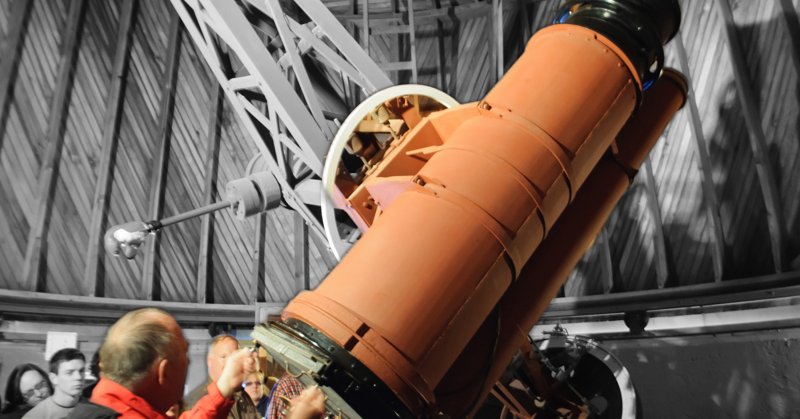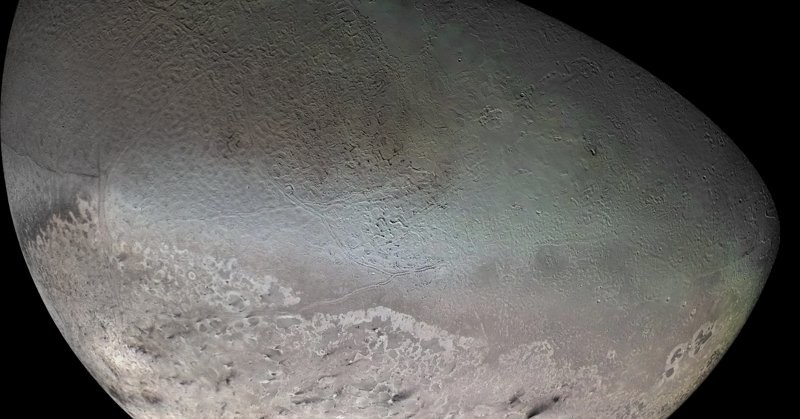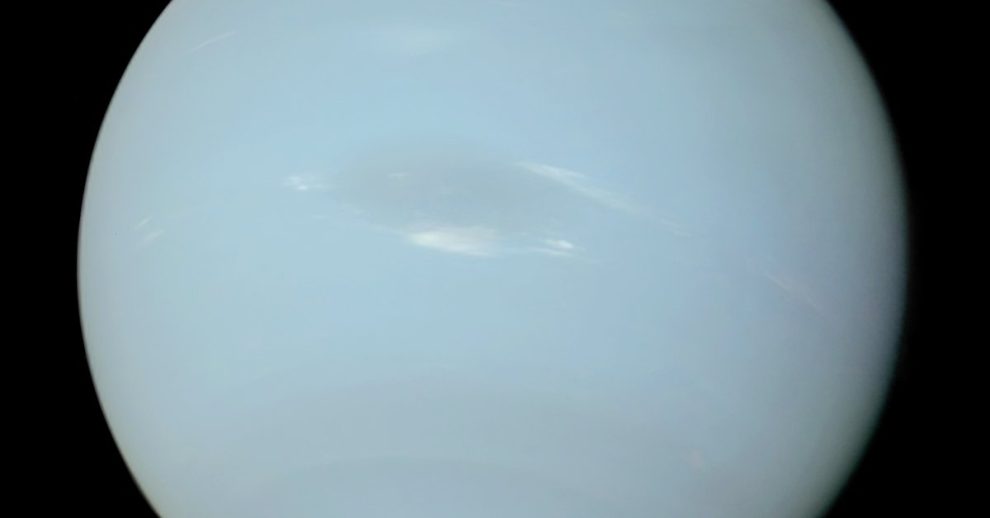Neptune, the most distant planet in our solar system, remains one of the least explored—and most mysterious. Discovered in 1846, it is a dynamic world filled with violent storms, invisible rings, and moons unlike any other. Despite its remoteness, Neptune hides some of the most extreme phenomena in the solar system—from supersonic winds and icy geysers to possible oceans of liquid diamond. Dive into these fascinating truths that go beyond the textbook basics and reveal a planet more bizarre than we ever imagined. Explore more facts about other planets in our solar system.
Neptune’s Precise Discovery in 1846

1. In 1846, three astronomers predicted Neptune’s exact location by analyzing the eccentric orbits of several distant asteroids. These observations suggested the presence of a giant, distant planet. French astronomer and mathematician Urbain Le Verrier used data from Uranus to calculate the position of this unknown planet. Subsequently, German astronomer Johann Gottfried Galle confirmed Neptune’s existence within one hour of searching, finding it just one degree off Verrier’s prediction.
2. Neptune is not actually blue but rather a pale greenish-blue, similar to Uranus. The original photographs taken by Voyager 2 in the 1980s were enhanced to highlight its atmospheric features. However, over time, the captions explaining these enhancements were omitted, leading to the widespread belief that blue is Neptune’s defining color.
3. Neptune is approximately 17 times the mass of Earth and is primarily composed of hydrogen, helium, and ices such as water, methane, and ammonia. Unlike Earth, Neptune lacks a solid surface and transitions from a gaseous atmosphere to a superpressurized icy and rocky interior. If one could stand on Neptune-which is impossible-they would sink endlessly into increasingly dense, hot gases, encountering pressures millions of times stronger than Earth’s atmosphere before reaching the core.
4. Neptune’s day lasts just 16 hours, making it one of the fastest-rotating planets in the solar system despite being so far from the Sun. This rapid rotation contributes to its dynamic and turbulent atmosphere.
5. Voyager 2 remains the only spacecraft to have visited Neptune, flying by on August 25, 1989. It revealed features such as the Great Dark Spot, incomplete rings, and the moon Triton. However, no follow-up missions have occurred since then. Neptune’s Great Dark Spot, similar to Jupiter’s, vanished in 1994, but scientists have observed new spots forming and dissipating over the years, with one even changing direction in 2020.
6. Uranus and Neptune are categorized as “Ice Giants,” not “Gas Giants” like Jupiter and Saturn. This distinction arises because less than 20% of their mass consists of hydrogen and helium. In contrast, true gas giants like Jupiter and Saturn have over 90% of their mass made up of these elements.
7. Neptune boasts the strongest sustained winds in the solar system, reaching speeds of up to 2,100 km/h (1,300 mph). These winds far exceed even Jupiter’s famously turbulent storms, showcasing the planet’s extreme atmospheric conditions.
8. Neptune’s rings are unusually dusty and consist of five prominent arcs, including Fraternité and Liberté, rather than fully developed rings like Saturn’s. Initially, these arcs puzzled scientists because rings should naturally spread out evenly. However, gravitational shepherding by Galatea, a nearby small moon, keeps the arcs confined and stable.
9. Since its discovery in 1846, Neptune has completed only one full orbit around the Sun. On July 11, 2011, the eighth planet from the Sun marked its first complete solar orbit since its discovery.
10. In 1977, a rare planetary alignment involving Jupiter, Saturn, Uranus, and Neptune occurred, an event that happens only once every 175 years. This timing coincided with humanity’s early attempts at space exploration, allowing Voyager 2 to embark on a flyby of all four planets on its journey out of the solar system.
Triton: Neptune’s Unique Moon

11. Neptune has 14 known moons, most of which are irregular in shape. However, Triton stands out as the only spherical and geologically active moon, featuring cryovolcanoes and possibly a subsurface ocean.
12. Triton, Neptune’s largest moon, is unique in our solar system due to its retrograde orbit, meaning it orbits in the opposite direction of Neptune’s rotation. Scientists believe Neptune captured Triton from the Kuiper Belt, suggesting it was once a dwarf planet.
13. Triton is gradually spiraling inward toward Neptune, held in synchronous rotation. In about 3.6 billion years, it is expected to cross Neptune’s Roche limit and be torn apart. The resulting debris from this moon will likely form a ring system around Neptune, potentially larger and more complex than Saturn’s iconic rings.
14. Earth’s Moon is one of the dullest objects in the solar system. If Neptune’s moon Triton replaced it, Triton would appear seven times brighter in our sky. This is due to Triton’s highly reflective icy surface, which reflects much more sunlight than our Moon’s darker, less reflective surface.
15. Triton features geysers that spout liquid nitrogen, forming dark streaks on its icy surface. This rare type of cryovolcanism is not observed on any other major moon. Triton is also the coldest known place in the Solar System, with temperatures plummeting to -240°C (-400°F).
16. Despite being the farthest planet from the Sun, Neptune emits more internal heat and light than it receives from solar energy. It radiates about 2.6 times more energy than it absorbs, which probably powers its intense storms. This suggests Neptune has a strong internal heat source, possibly from leftover formation heat or friction within its deep layers.
17. Neso, one of Neptune’s moons, holds the title of the farthest moon from its planet in the Solar System. It takes an astounding 26 Earth years to complete one orbit around Neptune. The distance between Neso and Neptune is comparable to the distance from Earth to Venus.
18. On Neptune and Uranus, scientists theorize that oceans of liquid diamond exist due to the incredibly high pressures. Solid “diamond-bergs” may float on these oceans. The planets’ atmospheres contain methane, which, under high pressure and temperature, transforms into diamonds that then fall toward the planets’ centers.
19. Neptune exhibits a fascinating phenomenon known as differential rotation, where its equator rotates slower than its poles. The equatorial regions complete a rotation in approximately 18 hours, while the poles spin in about 12 hours.
20. Pluto’s eccentric, oval-shaped orbit brings it inside Neptune’s orbit every 248 years, making Neptune the farthest planet from the Sun during these periods. Remarkably, Pluto can never collide with Neptune because of their synchronized orbits; for every three laps Neptune completes around the Sun, Pluto makes two. This precise orbital resonance prevents close approaches and ensures that Pluto is actually closer to the Sun than Neptune for about 20 years in each 248-year cycle.











Add Comment